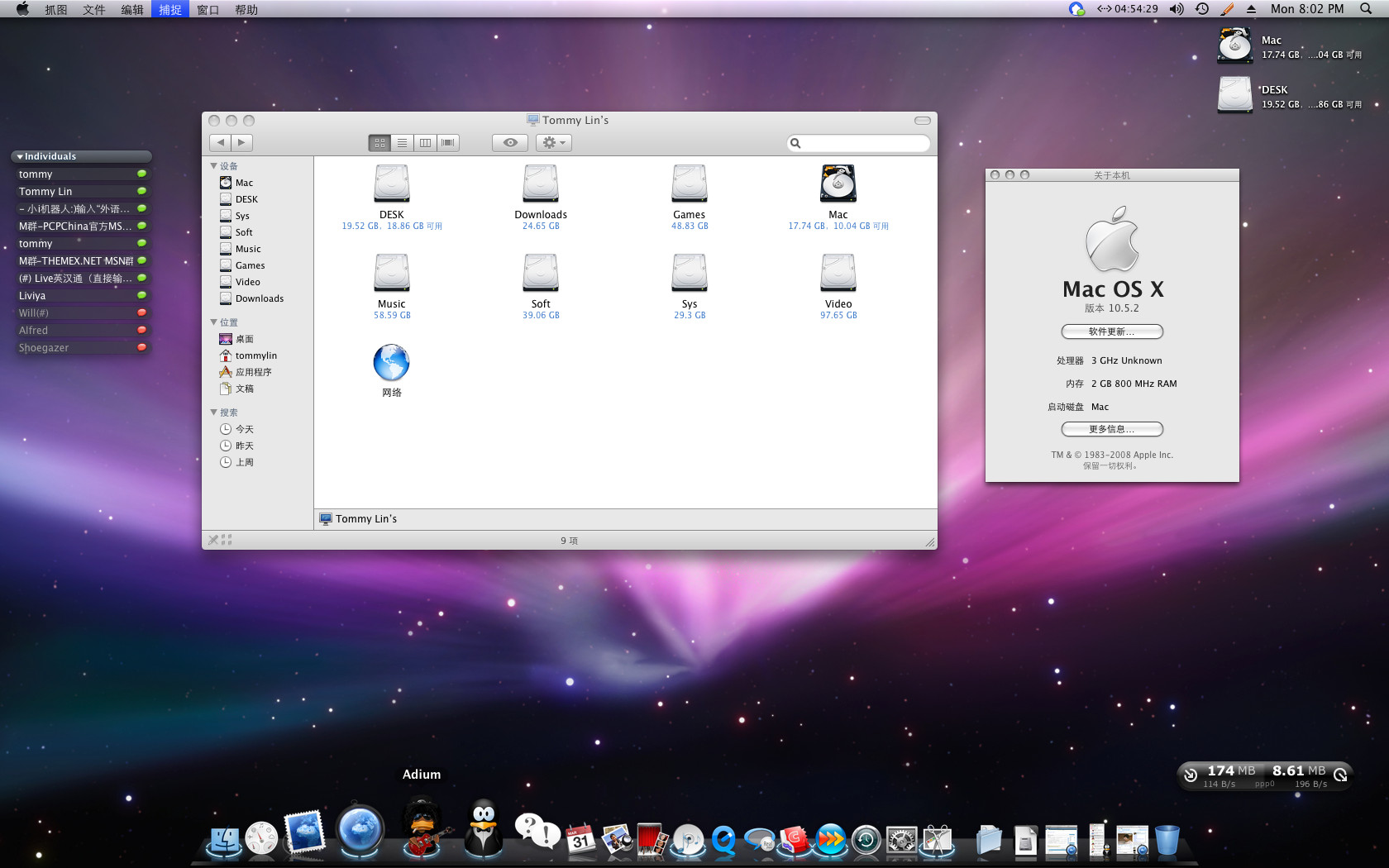File Joiner For Mac Os X
Save yourself some time, and merge .csv files with one easy command in Terminal.
Let's say you have a bunch of .csv files in a folder. You want to merge them into one file. How to do that?
MacDroid is a compact Android file transfer application that works great on OS X Yosemite and later versions of Mac OS including Big Sur. While being small, this tool has all the power you need for a smooth and glitch-free file transfer between your computer and device. Just drag and drop your files and folders to the Dock icon or the Keka window to create a slimmer version of them. Requires Mac OS X 10.9 or newer MD5. What Mac OS X application (or command-line utility) will join RAR files that come in the form filename.r01, filename.r02, etc.? My understanding is that the method is a pretty old way of dealing with RAR archives nowadays, but there's still got to be some way to do it.
- Merge MP3 Files Using CAT Command On Mac OS X By David K. Sutton Are you looking for a super quick way to merge multiple MP3 files into one big MP3 file? This can be done using the CAT (concatenate) command in Mac OS X.
- Macs since OS X use UNIX-style pathnames since the OS X userland is derived from FreeBSD. UNIX absolute paths always start with '/', the root filesystem (note the forward slash); all other paths descend from it.
- X Lossless Decoder(XLD) is a tool for Mac OS X that is able to decode/convert/play various 'lossless' audio files. The supported audio files can be split into some tracks with cue sheet when decoding. It works on Mac OS X 10.4 and later.
- Mac OS X has a few utilities for joining files together (or splitting them up), but Data Glue is the most simple and effective. Before Data Glue, I used AJoiner —which is definitely not a bad.
Easy: use 'cat'
Cat is a UNIX program that lets you concatenate files, which is what we need. It's so simple that you don't need installable apps for it. For those who want the code first and the explanation later, here is the code:
That's it.
Translated, it says: 'take all files in this folder that end with '.csv', and put them in 'merged.csv' (effectively merging them).
Bonus tip: the 'open here in Terminal' service in Mac OS X 10.7+
It is important that this command is executed in the right directory. You don't want all existing .csv files in your entire computer to be altered this way, now do you? :) You can use the terminal to navigate to the folder (as described below), but you can also use a default Mac OS X service that functions in much the same way as its counterpart in Windows: 'open here in Terminal'. It works like this. Omnisphere 2 5 file size.
First, go to: System Preferences > Keyboard > Shortcuts > Services and select New terminal at Folder:
From now on, when you select a folder in the Finder, you can right-click and find it under Services:
We want more images!
Here are some images that may help. I had a bunch of .csv files that contained exports of Google search engine results (made by the SEOmoz toolbar). The English results were all put in a folder named en inside the folder /meta/csv:
I also made sure that every single .csv only contained the data I needed. In my case, I needed to delete the first 7 rows that were included in every export:
Back to the terminal. I used cd to go to that folder in my terminal (or use the 'New terminal at Folder' Service I described earlier):
You can see it below, i'm at macbook en (the folder en on my macbook) and my username is monchito. I then executed the command:

The file merged.csv was successfully added to the folder:
A quick check shows that the newly created .csv file contains way more rows than the individual files, so it probably worked :p
Now I can merge a great number of .csv files into one file quickly, and move on with my analysis.
What's next?
File Joiner Mac
If you think this was useful to you, it might be for others also. Feel free to share: